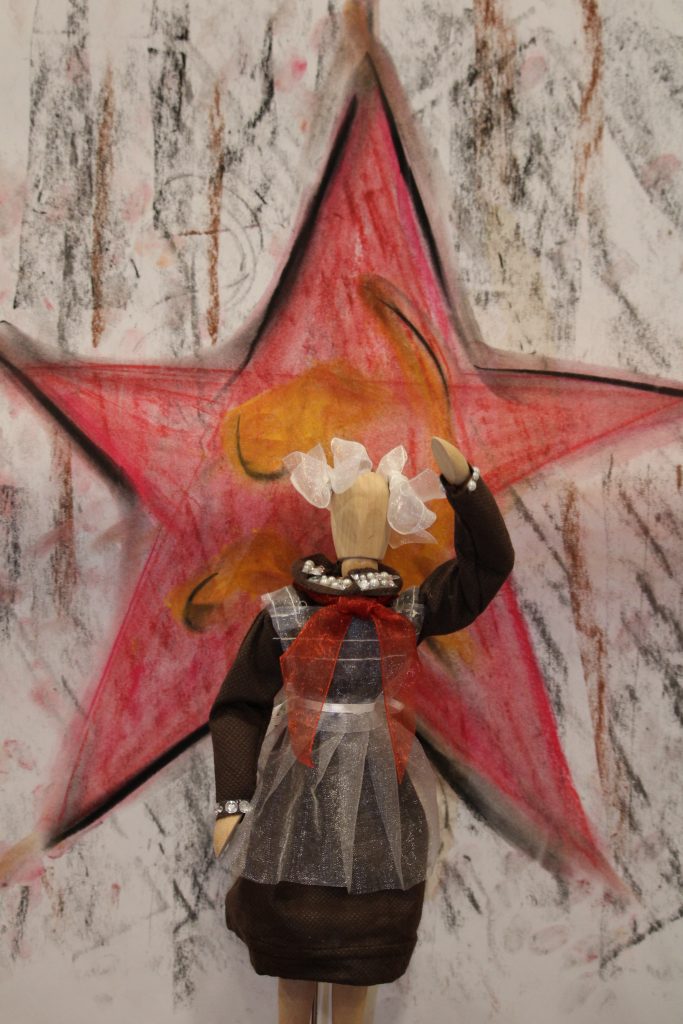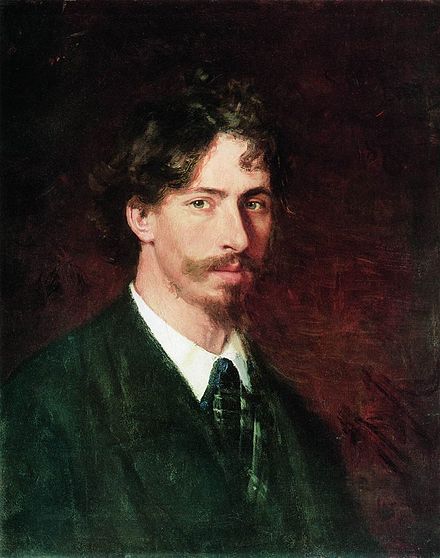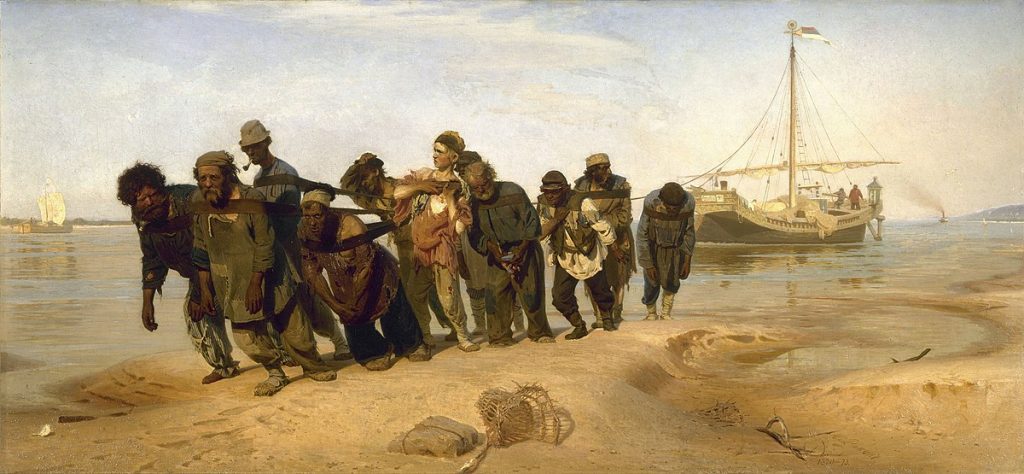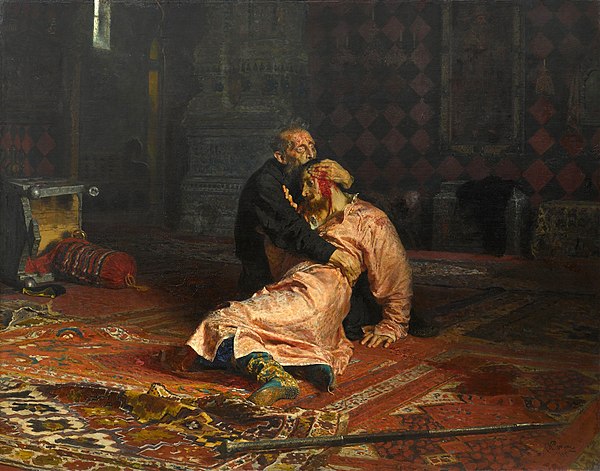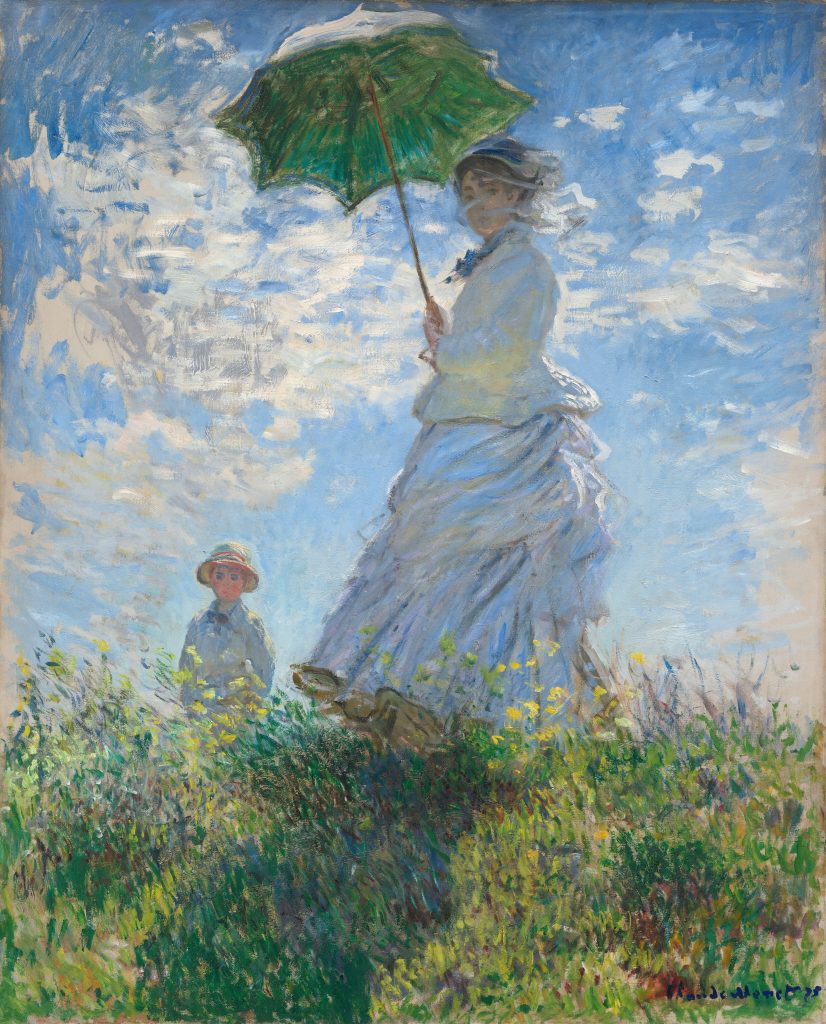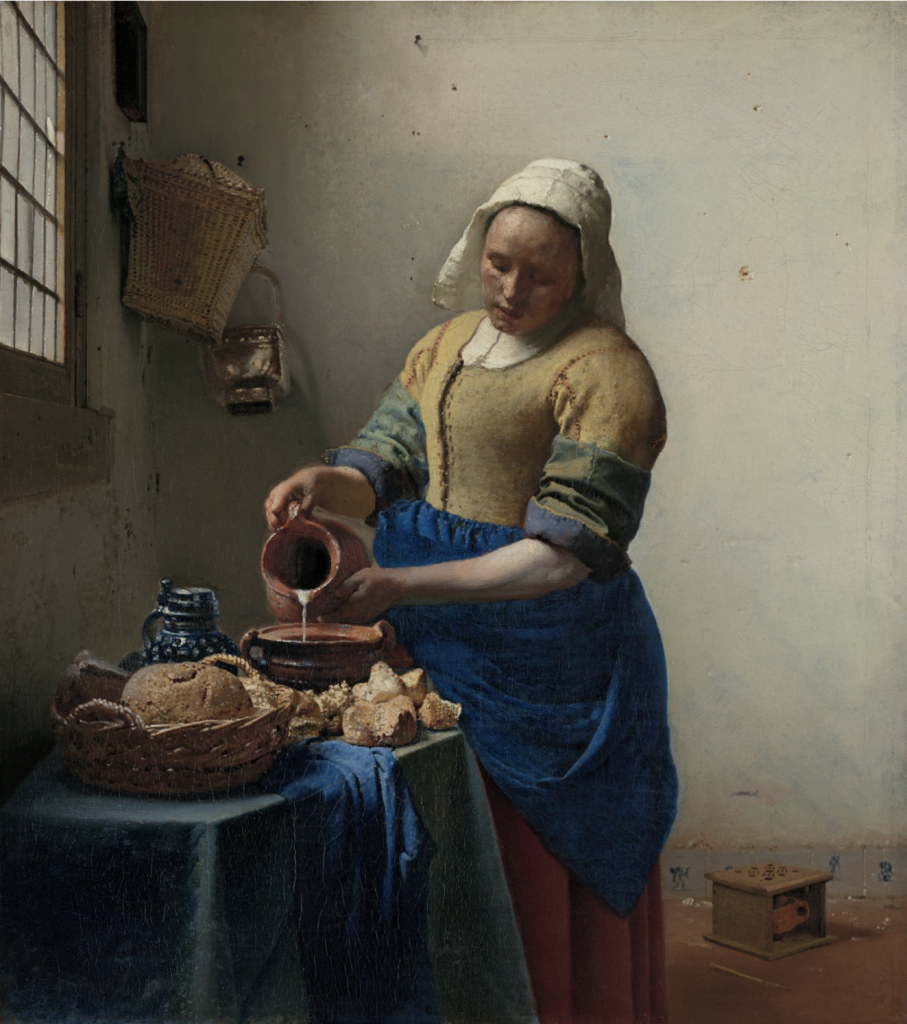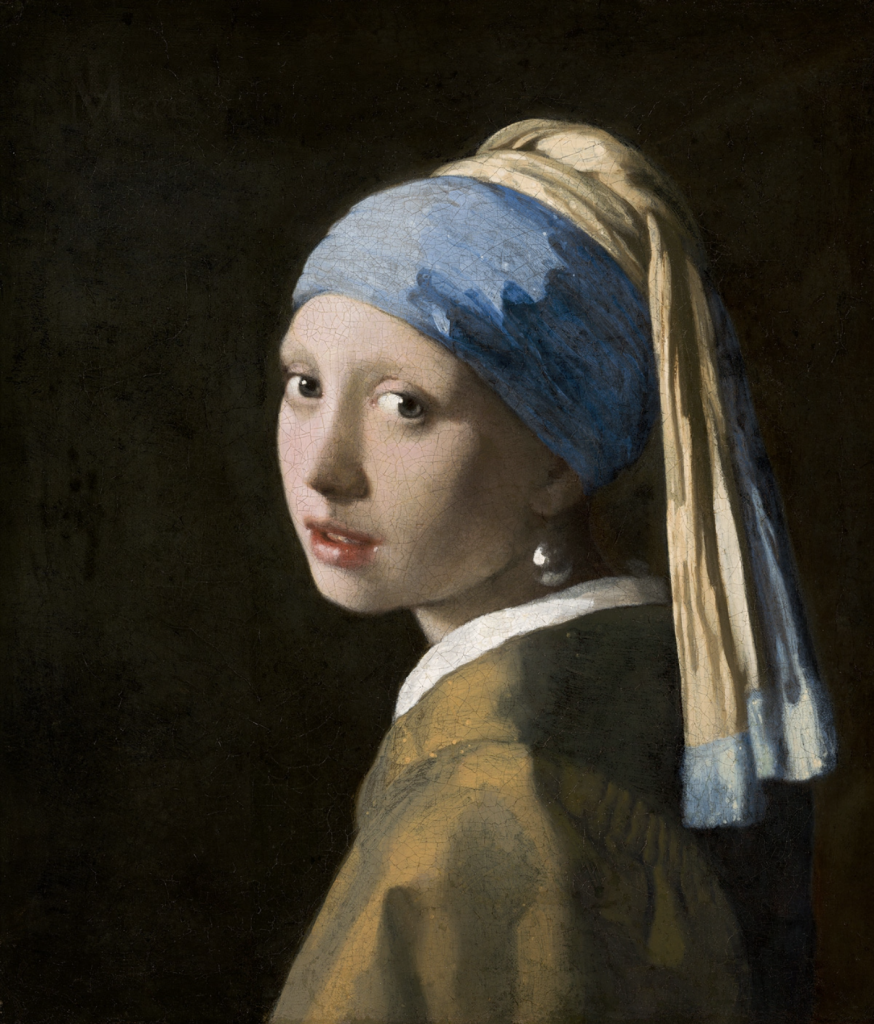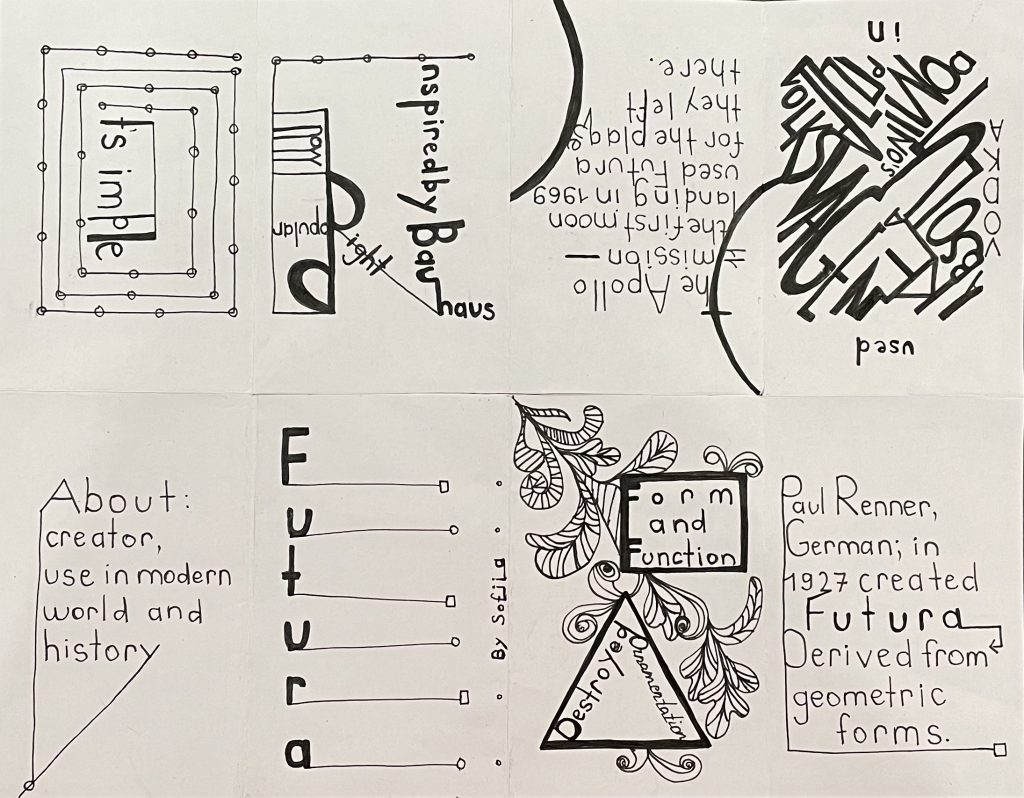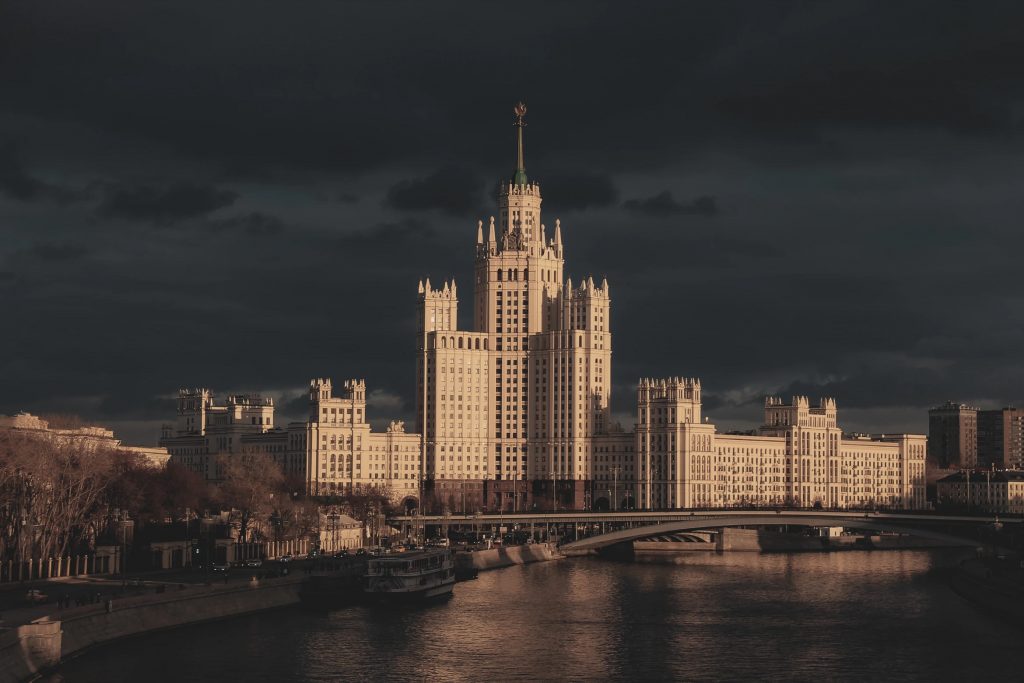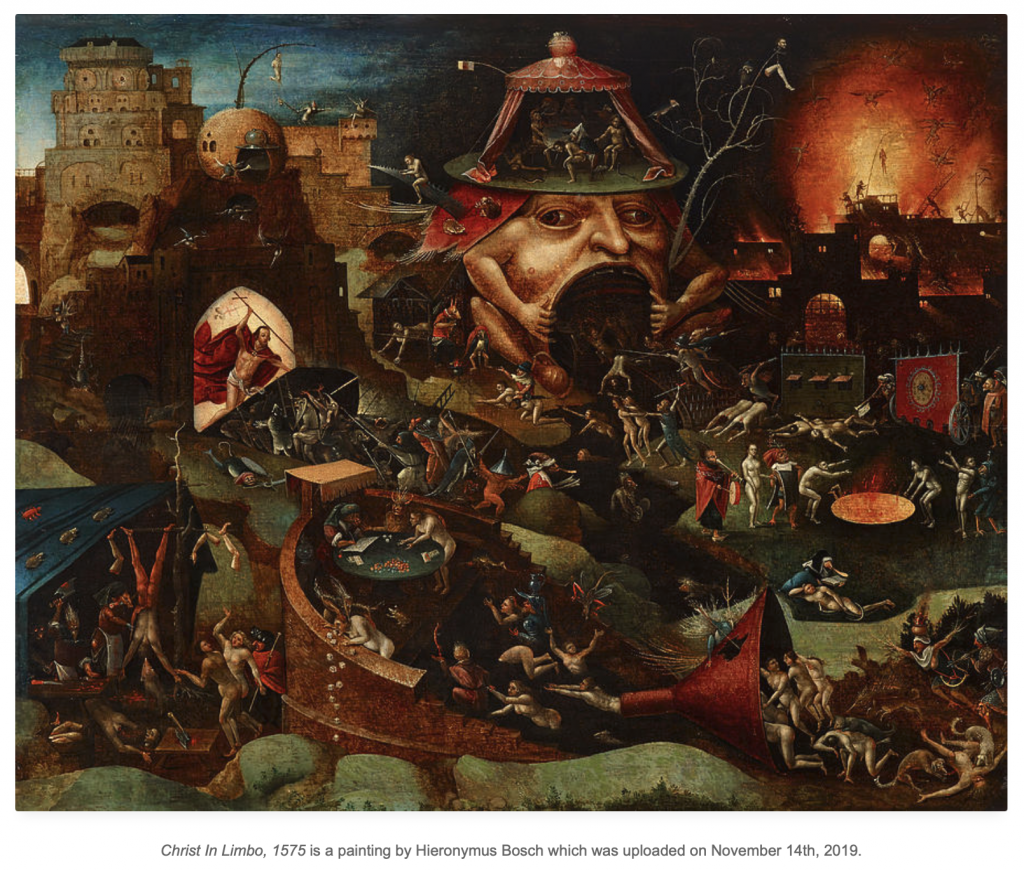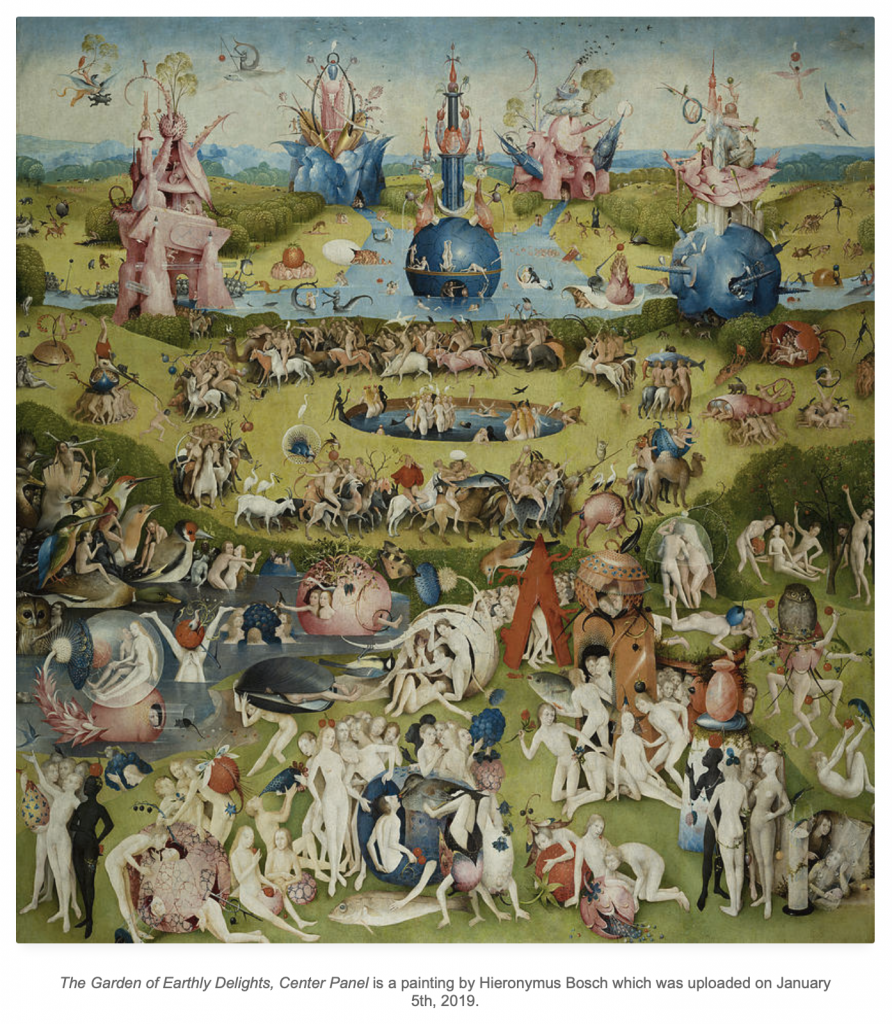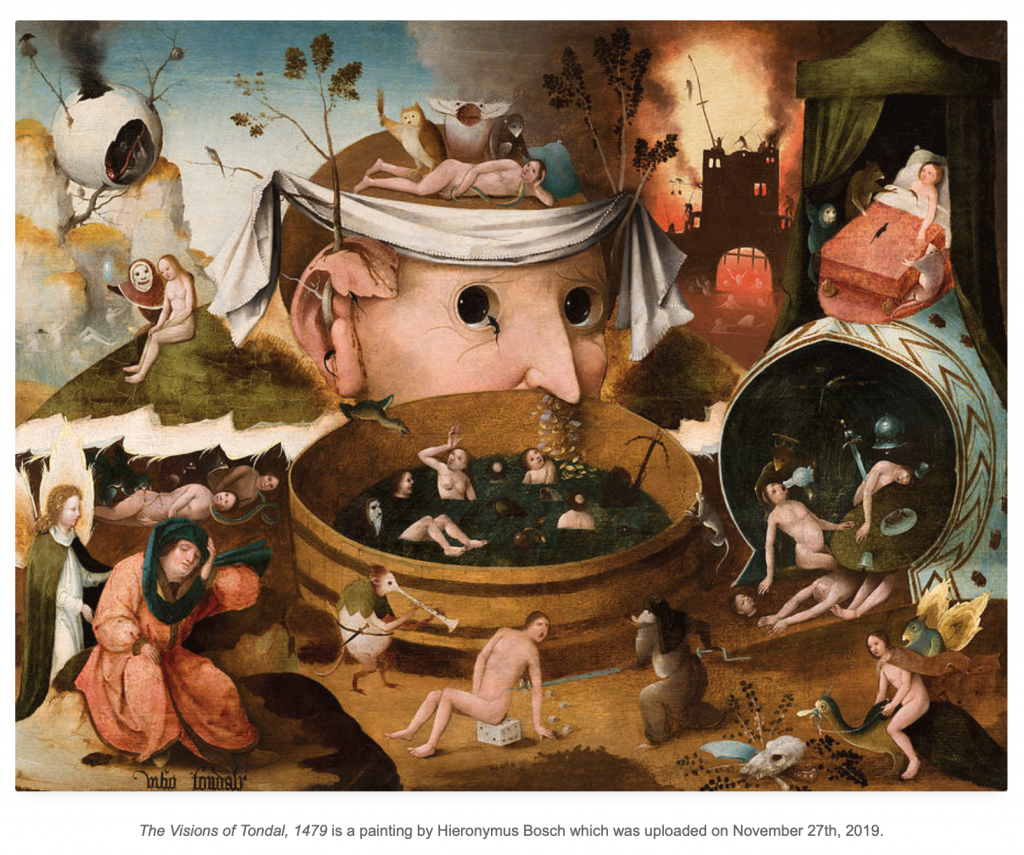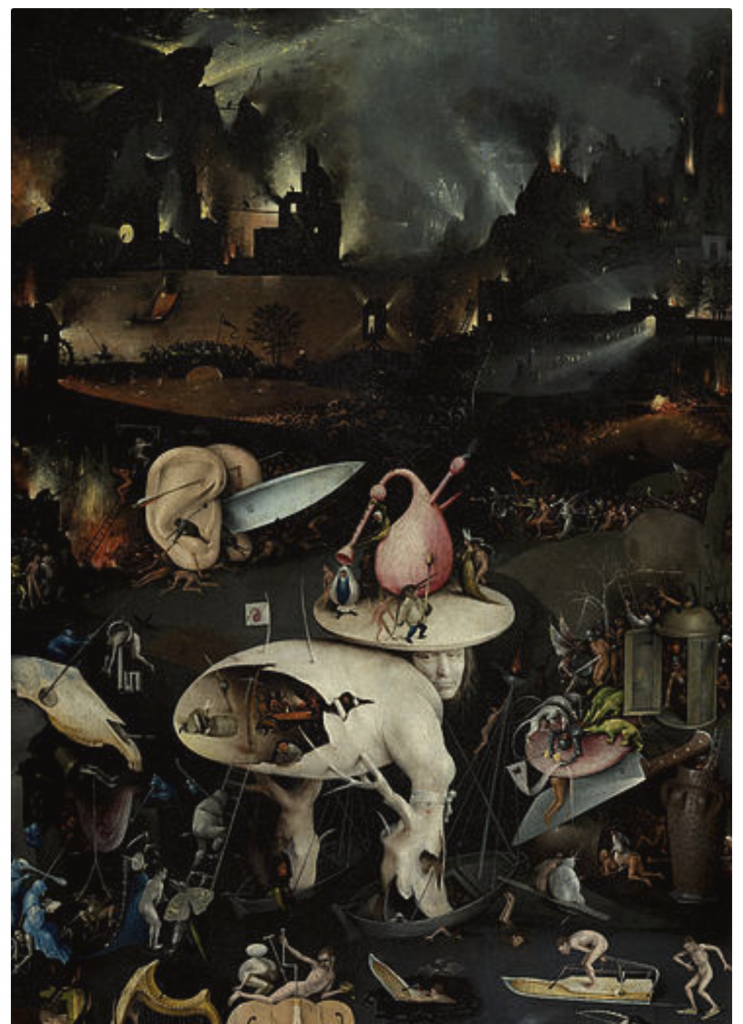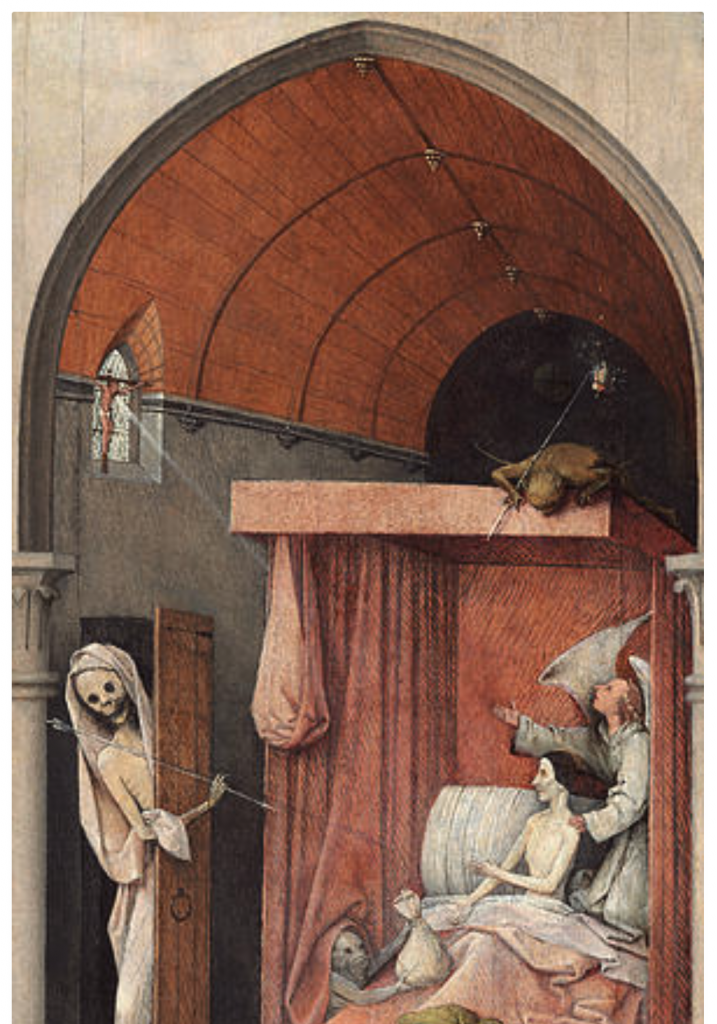“With the KODAK Camera in 1888, Eastman put down the foundation for making photography available to everyone. Pre-loaded with enough film for 100 exposures, the camera could be easily carried and handheld during operation. It was priced at $25. After exposure, the whole camera was returned to Rochester. There the film was developed, prints were made and new film was inserted — all for $10”, Kodak company.

With the slogan “you press the button, we do the rest”, George Eastaman, who was born on July 12, 1854, in the village of Waterville, some 20 miles southwest of Utica, in upstate New York, created a phenomenal product, which then led him through the winding path of different sorts of difficulties, which helped him gain the precious knowledge and experience, by that pushing him to create all the same phenomenal company, which then became the leading of its time and even as for today.

This man was the youngest child (he had two sisters) in the family of Maria Kilbourn and George Washington Eastaman. When he was five years old, his father, who devoted his energy to establishing Eastman Commercial College, moved the family to Rochester, but, unfortunately, it is never going smooth in the life as it was initially planned, and so boy’s father died. The college, where the man was working failed and the family became financially “wrecked”.
Because of the horrible situation, the boy ended school when he was fourteen years old and right after forced to find employment. And so right here starts his “real” journey. But again, it never starts smooth, and so his first job was just as a messenger boy with an insurance firm, where he was paid $3 a week. Nevertheless, after a year working there, he quit and became an office boy where he got paid a little bit better, $5 per week, because of his own initiative to take charge of policy filing and even writing policies. But, of course, it was not enough money, especially for a family he had, so he studied accounting at night because he believed that by studying he will improve a lot, and so, he will get a better paying job he urgently needed. But, it did not come quickly, and only after five years, he was hired as a junior clerk at the Rochester Savings Bank, where he got a chance to have a salary of $15 per week.
The interesting side of his life starts when he was planning his trip to Santo Domingo at twenty-four with his co-worker. Back then, he decided to take his camera with him, which back in the days was pretty heavy and at the same time uncomfortable, or, as he stated himself it “was a pack-horse load”, so you can imagine.
The trip was canceled, but, it did not mean that it was the end of a “photo side” in his life, because to be able take pictures on his vacation he payed $5 to actually learn how to take them, so it was basically his “push of a fate”, because eventhough he eventually did not had a journey, he instead became absorbed by the photography and everything that is connected to it.
Some day, he read in the article that amatuer photographers were making gelatin emulsions for plates (part of the camera) and because of that, they remain sensitive after they were dry and could be exposed at leisure. And right there, George Eastaman was inspired to try it on his own, by finding the right formula of it in all the same Brithish magazine he read.
He was working in the bank at the day, and right when the night appeared, he was experimenting at home in his mother’s kitchen. It continued for over three years, and then he created what he needed. “By 1880, he had not only invented a dry plate formula, but had patented a machine for preparing large numbers of the plates. He quickly recognized the possibilities of making dry plates for sale to other photographers”, Kodak company.

Sources:
https://www.kodak.com/en/company/page/george-eastman-history
